The roundness of planet Earth is a widely accepted fact, known since the days of Ancient Greek philosophers like Aristotle and Pythagoras and proven by explorers such as Ferdinand Magellan and Juan Sebastián Elcano. However, some people, known as “flat Earthers,” still reject this. In 2018, a man used a photograph of his hometown in a unique way to challenge their beliefs. Initially, his goal was to demonstrate the vast size of Earth, but the comments section of his YouTube video quickly became a hub for mathematical discussions.
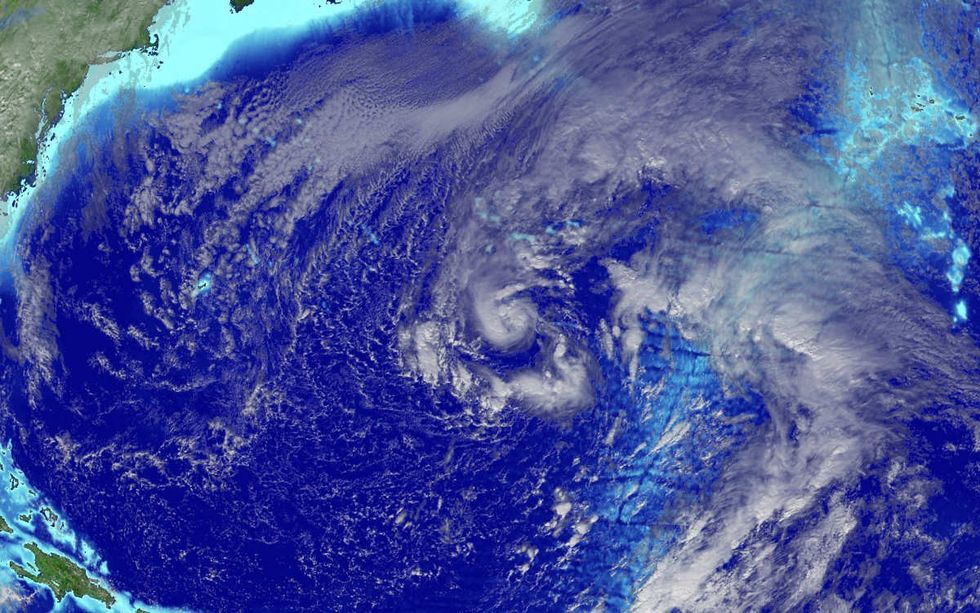
Greg Pagel, a musician from Manitowoc, snapped a photograph of Lake Michigan, Wisconsin and several photos around it from various angles. The main picture shows Lake Michigan in Manitowoc with the beach at Silver Creek Park in the distance on the right and the south side of Two Rivers on the left. He posted the picture both on Imgur and YouTube.
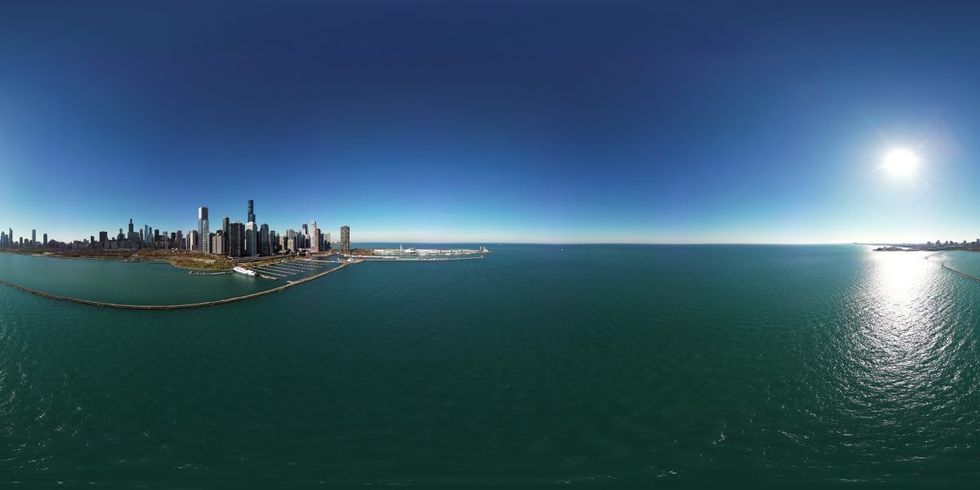
Using Google Earth, he established that the two points of Two Rivers and Silver Creek Park were 8.4 miles apart. “How much is that compared to the circumference of the earth?” he questioned.
According to Space, the equatorial circumference of Earth is 24,901 miles, which after rounding off, comes to 25,000 miles. He did some math. Using the rounded measurement of 25,000 miles as the circumference of Earth, he generated an algebraic equation. He took the angle of the curve as a variable “x degrees.” In the equation, he divided 8.4 by x on one side, equated to 25,000 divided by 360 degrees on the other. The answer that he calculated came around to be approximately 0.12 degrees in angle. “What would a 0.12° arc look like?” he wrote. He then posted several pictures showing a right angle, a 45-degree angle, a 22.5-degree angle, and then a one-degree angle. A 0.12 arc would be “pretty flat,” he concluded.
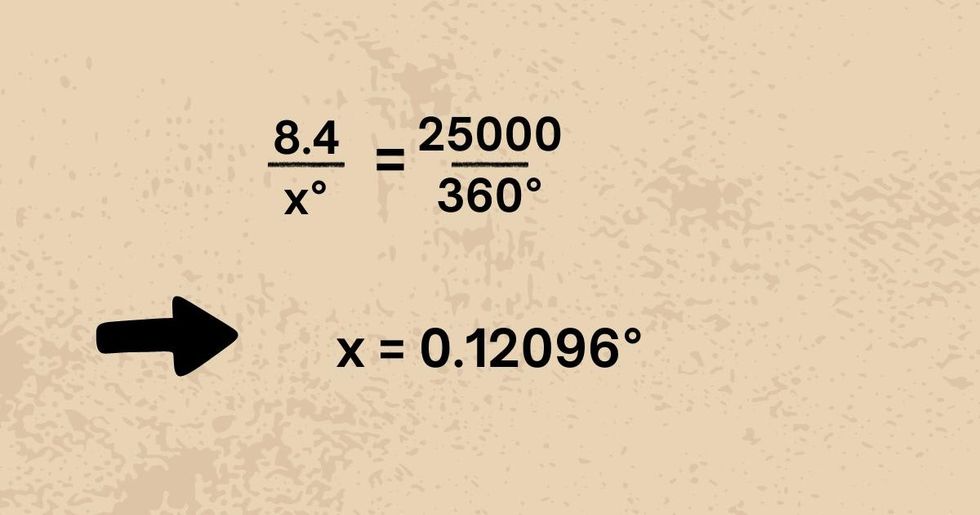
He also displayed a pie chart, which is 360 degrees. Drawn on the chart, a one-degree angle depicted a curvature whose measure is almost negligible to the naked eye, even when the picture is zoomed in. So, the 0.12-degree angle he illustrated in the picture was, of course, not noticeable to the eye. But he asserted that this was not either “hypothesis” or “perspective,” but “pure geometry.” “I find it odd that someone would suggest trusting your eyes. They’re among the least reliable observational devices in existence,” he said in a comment.

@rockerseven, who agreed with Greg’s math, explained the geometry in his way. “This is a Lake. Meaning completely surrounded by land. So if the Earth is flat, why can't we see the shore on the other side of the lake? According to Flat Earthers, water is supposed to be perfectly level. So we would easily be able to see the land on the other side,” he wrote in a comment.
Speaking to Bored Panda, Greg explained that he had “often looked at the horizon over that lake–thousands of times–and wondered, ‘Am I seeing a curve? I’m not sure. Maybe a little? Or is my mind playing tricks?’” He used plain science to fulfill his curiosity about the curvature of Earth. “When I did the math and made the diagram, I actually felt a rush,” Greg recalled. In his YouTube video, he encouraged people to keep investigating it with an open mind.






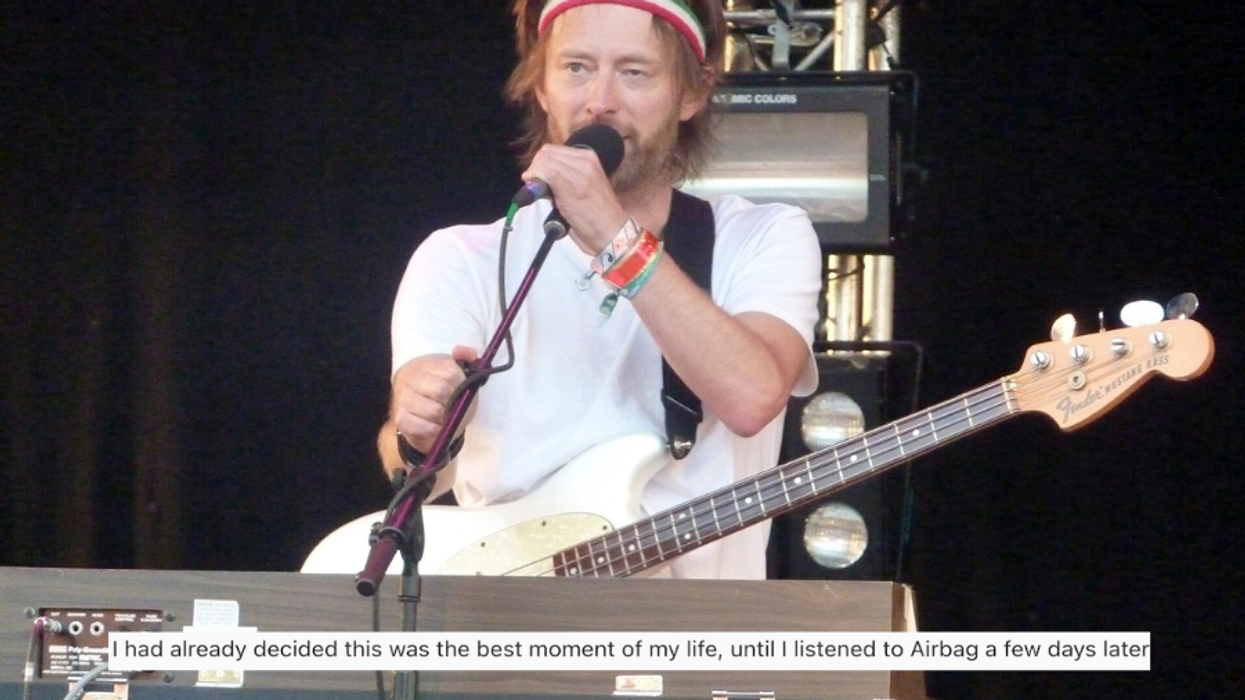
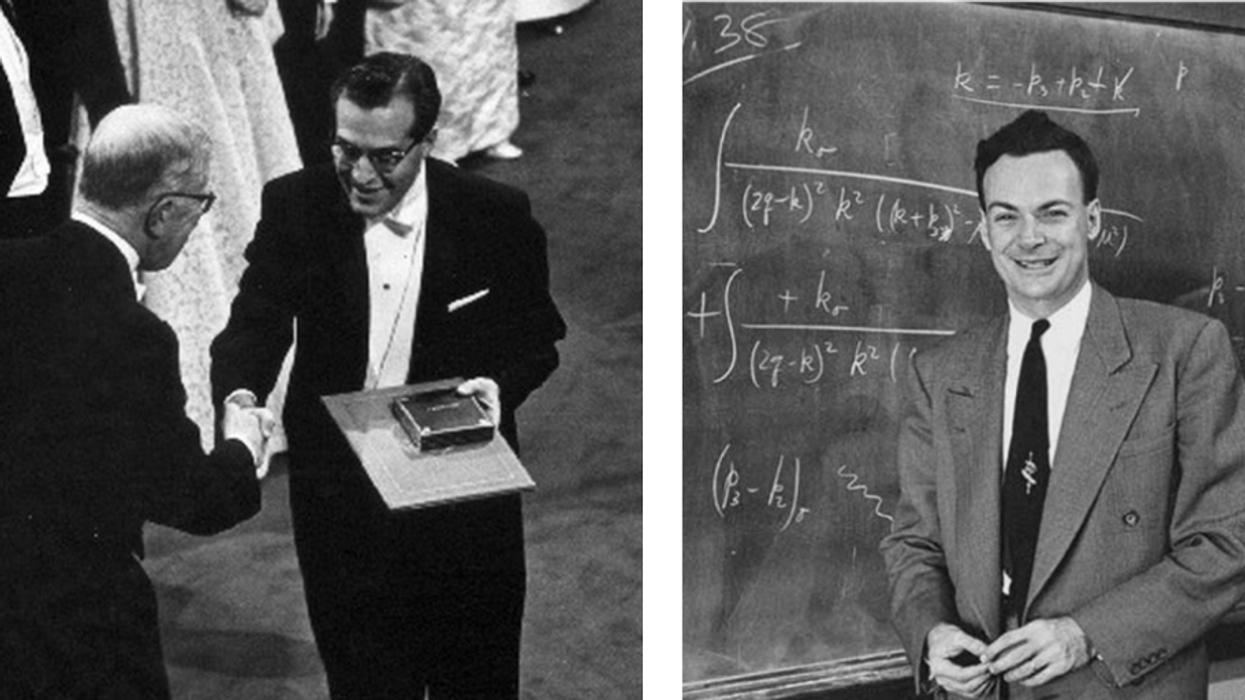









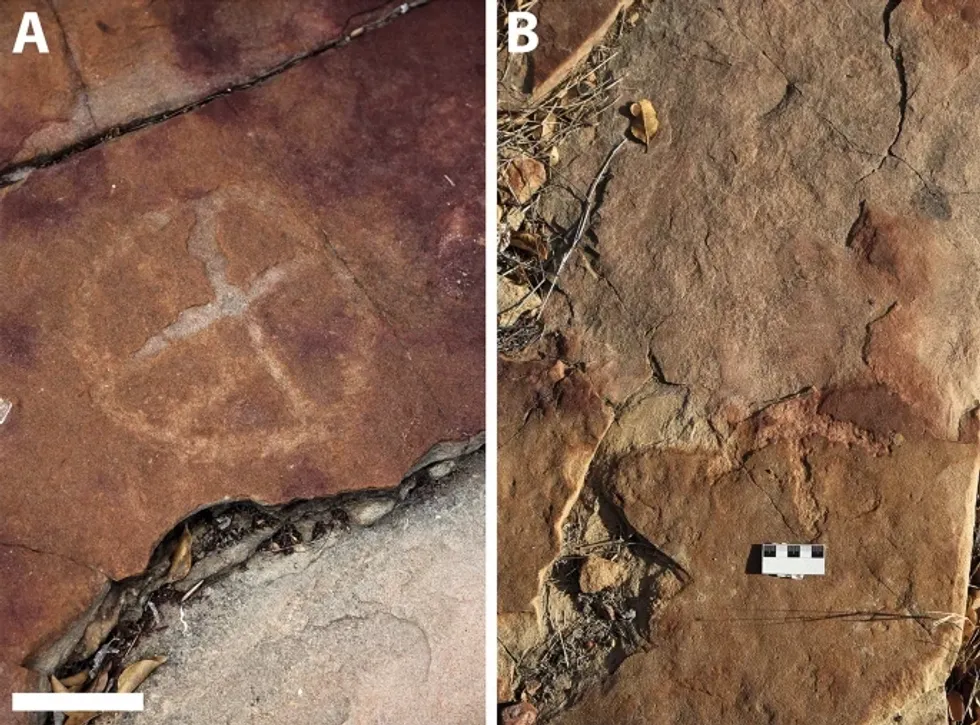 Rock deterioration has damaged some of the inscriptions, but they remain visible. Renan Rodrigues Chandu and Pedro Arcanjo José Feitosa, and the Casa Grande boys
Rock deterioration has damaged some of the inscriptions, but they remain visible. Renan Rodrigues Chandu and Pedro Arcanjo José Feitosa, and the Casa Grande boys The Serrote do Letreiro site continues to provide rich insights into ancient life.
The Serrote do Letreiro site continues to provide rich insights into ancient life.

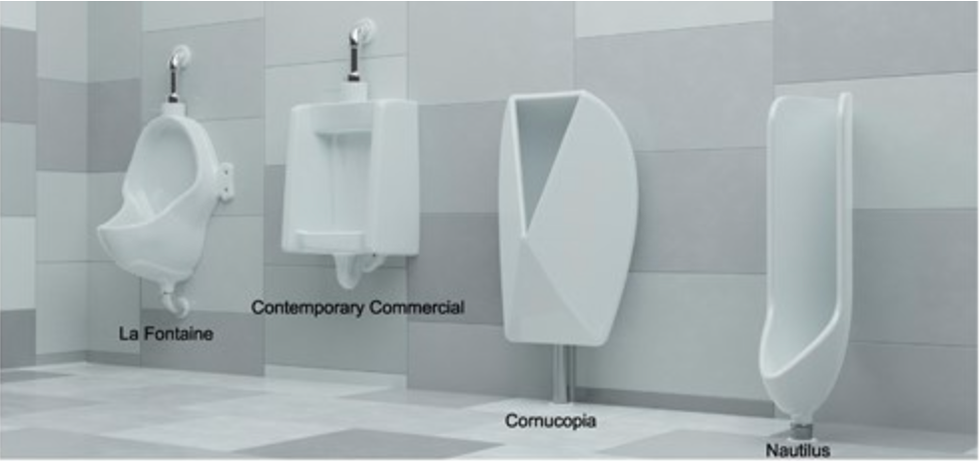


 Music isn't just good for social bonding.Photo credit: Canva
Music isn't just good for social bonding.Photo credit: Canva Our genes may influence our love of music more than we realize.Photo credit: Canva
Our genes may influence our love of music more than we realize.Photo credit: Canva
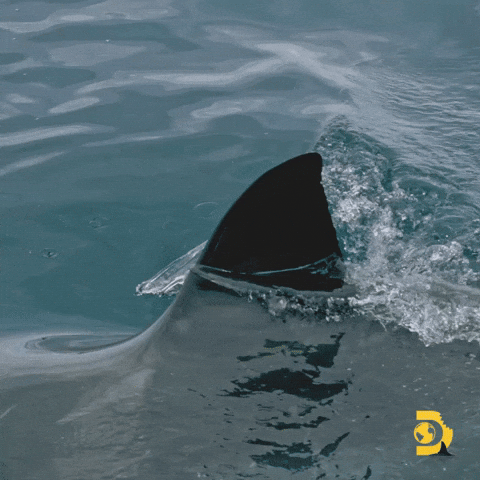 Great White Sharks GIF by Shark Week
Great White Sharks GIF by Shark Week

 Blue Ghost Mission 1 - Sunset Panorama GlowPhoto credit:
Blue Ghost Mission 1 - Sunset Panorama GlowPhoto credit: